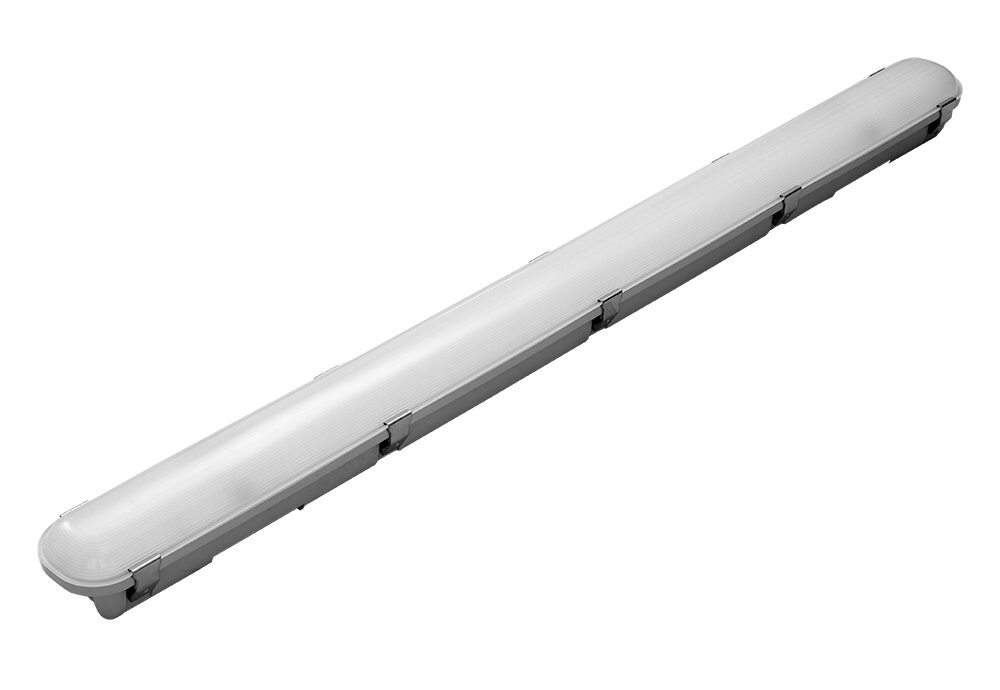
Parking garages, which offer easy parking options for automobiles in busy city centers and business districts, are crucial parts of urban infrastructure. However, good illumination is essential to these areas’ utility and safety. Proper parking garage lights not only increase visibility but also discourage criminal activity, lowers accident rates, and enhance user experience overall.
When it comes to the parking garage environment, safety comes first. Well-lit areas dramatically lower the possibility of mishaps like slips, trips, and car crashes. Parking garage lights that are bright and uniformly dispersed make it possible for cars and pedestrians to go through the area with assurance and comfort by providing a clear view of all barriers, signage, and routes. Additionally, by improving visibility and surveillance capabilities, well-lit parking garages reduce potential threats and criminal activity.
To ensure maximum performance and endurance, a number of important characteristics should be taken into account when choosing lighting systems for parking garages. When it comes to lighting alternatives, LED lighting, for example, provides greater brightness, durability, and energy efficiency.
Fixtures with motion sensors and dimming capabilities, which change light output in response to occupancy and ambient light levels, further enhance energy savings. Additionally, selecting lighting with a high Color Rendering Index (CRI) guarantees accurate color rendering, improving safety and visibility inside the parking garage.
Choose light fixtures that minimize glare, shadows, and gloomy areas by evenly distributing light across the parking garage. Consistent visibility of paths, signage, and barriers is ensured by even distribution of light, improving safety and usability for both drivers and walkers.
Choose lighting options that are weatherproof and able to tolerate various environmental elements, including moisture, dust, and temperature changes. Strong and long-lasting fixtures provide dependable operation and lifespan, which lowers maintenance needs and improves dependability in harsh outdoor environments.
By considering these important factors, facility owners and managers can guarantee optimal performance, energy economy, and longevity when choosing parking garage lighting solutions. This will eventually improve safety, visibility, and the user experience within the parking structure.
Beyond increased safety and visibility, purchasing high-quality, energy-efficient parking garage lighting has many advantages. Energy-efficient lighting options, including LED fixtures, use less electricity, which lowers carbon emissions and operating expenses.
These lighting solutions also require less regular maintenance and have a longer lifespan, which lowers ongoing maintenance costs and downtime. Furthermore, energy-efficient lighting options frequently qualify for utility incentives and rebates, which adds to the financial savings and encourages environmentally friendly behavior.
Modern lighting solutions increase energy efficiency and safety and greatly improve functionality and user experience in parking garages. Facility managers may adjust lighting settings, maximize energy use, and monitor system performance in real-time with the help of advanced lighting controls, which include occupancy sensors, programmable timers, and remote monitoring capabilities.
Additionally, smooth control and monitoring are made possible by the integration of smart lighting systems with mobile applications and building management systems, which improves user pleasure and convenience.
For garages to be effective, safe, and secure, parking garage lights are essential. Parking lots can be made safer, friendlier, and more environmentally friendly by giving priority to energy-efficient lighting options, such as LED bulbs with cutting-edge features. Any parking facility would be wise to invest in high-quality, contemporary lighting solutions since they not only increase security and visibility but also encourage energy saving, lower operating costs, and improve user experience overall.


Disclaimer: PacLights is not responsible for any actions taken based on the suggestions and information provided in this article, and readers should consult local building and electrical codes for proper guidance.